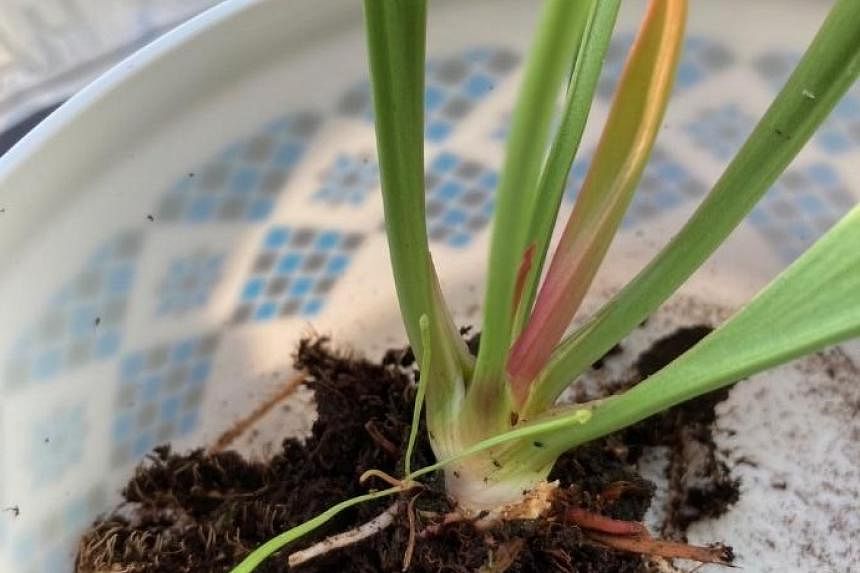Sarracenia needs more light

I bought a potted Sarracenia plant from a pasar malam in late November 2023. Although it has grown, most of the plant has turned brown and wilted. However, a miniature sprout is growing at the side.
I want to divide the plant to reduce its density, but have been told that this is not possible for the Sarracenia because it grows from a single bulb. Should I repot the plant or is there another way to safely divide it?
Germaine Lim
Your plant’s long, lanky pitchers indicate a lack of light. The Sarracenia needs at least six hours of direct sunlight a day. A lack of light will cause the plant to become dormant, which seems to be what is happening to your plant.
The sprout at the base of the mother plant may be replanted separately if you are able to take some roots with it. Otherwise, leave it to grow under appropriate light conditions.
Yam plant infested with caterpillars
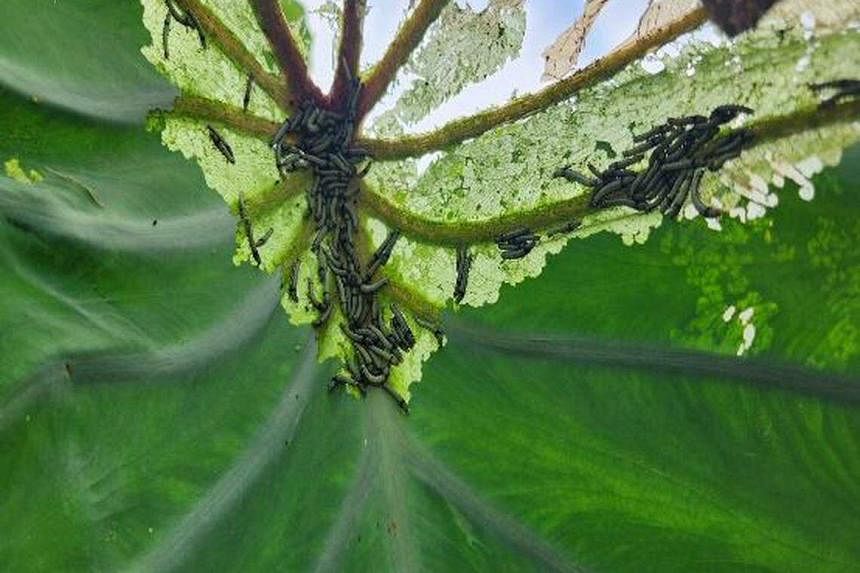
What are these bugs on my yam plant? What are my options in terms of prevention and treatment? I am applying spinosad at the moment.
Adrian Ling
The leaves of your yam plant have been eaten by caterpillars, likely those of moths. To prevent adults from laying eggs on your plant, the most practical method is to protect your plants by growing them under an enclosure of fine white netting.
Due to the water-repellent properties of yam leaves, it can be difficult for pesticides to adhere to the plant, which will reduce their efficacy.
As the population of pests is localised, you can prune and discard affected leaves.
Monitor tree’s growing conditions
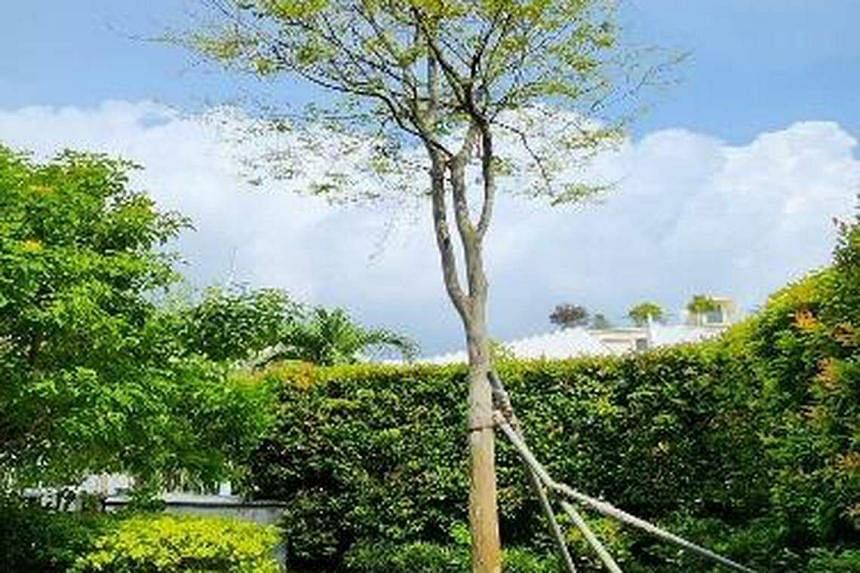
This leopard tree has thrived in the garden for more than two years. However, for the last six months, it has appeared unhealthy, with few leaves. It is fertilised and watered regularly, though not excessively. What is wrong with the plant? My other leopard trees are growing well with only morning light.
Ang Gerk Kuan
Did your tree begin to decline during the onset of the wet or dry season? Changes in the weather can stress plants.
Large trees that have been transplanted also suffer from root damage and may not recover. As the roots were cut previously, their ability to take up water will be affected, so the tree may be stressed and abort its leaves.
If the tree’s issues are due to hot and dry weather, you will need to apply a layer of mulch consisting of good-quality compost or dried leaves around the root zone to keep the roots cool and reduce evaporation of water.
If the tree began shedding during the wet season, it could be due to stress brought about by waterlogging, especially if the soil is clay-like or drains poorly. This species does not tolerate wet feet. A waterlogged leopard tree’s leaves will turn yellow and then fall. You may want to install sub-soil pipes to improve drainage.
Finally, avoid putting a footpath near the root zone of the tree. Foot traffic can cause the soil on one side of the root zone to become compacted, which is not conducive for root development and growth.
You may also want to consult a certified arborist from a landscape company.
Dracaena can be pruned to manage its height
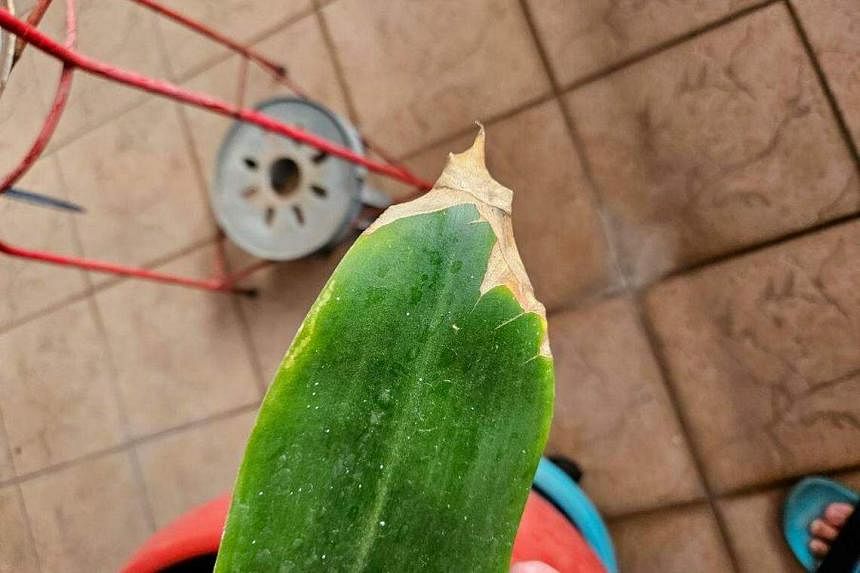
Can I prune my plant in such a way that it continues to grow well? Also, why are the leaf tips wilting?
Ivan Phua
Dracaena fragrans is a common foliage plant that can be propagated easily via stem cuttings. You can cut the overgrown stem to your preferred height, as the remaining stump will produce new growth. Insert the cut portion into a pot of moist soil in a cool but bright area. It will eventually take root and grow.
Brown leaf tips are common in this species. This is likely the result of toxicity brought about by excessive salt from frequent feeding with chemical fertilisers, salt build-up in the soil – especially if the plant has been planted in the same pot of soil for a long time – or the use of tap water to water your plant. Try using rain water instead.
Apply fungicide, increase air circulation within canopy
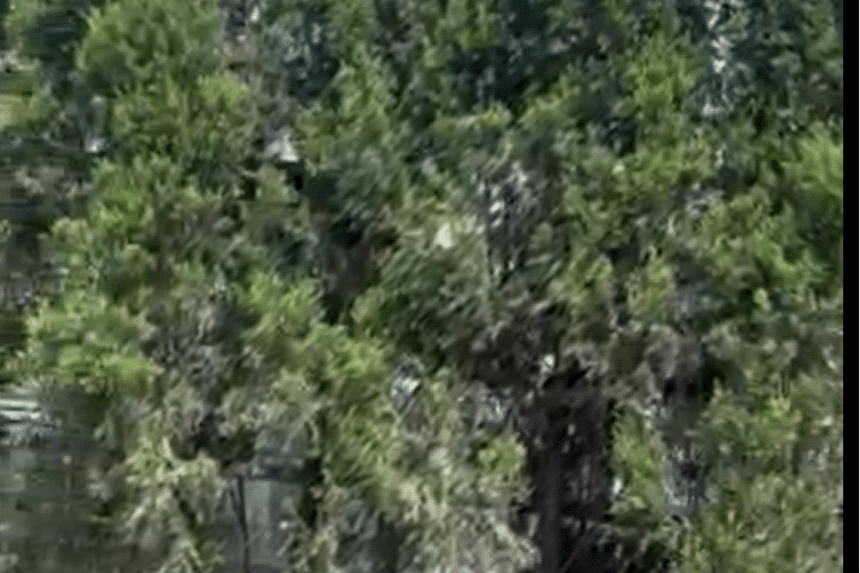
I have been growing these pencil pines in pots for about five years. In the last few months, the inner leaves have been drying up and falling off. What is wrong? The plants are in a garden that gets direct sunlight. They are watered thrice a day and fertilised every three to four weeks.
Cheng Choong Choon
Your Juniperus trees are likely diseased due to the density of the canopy, as their crowns are very close to one another.
It is not a good idea to grow your plants so closely together, as the lack of light and air circulation will cause disease. Selectively prune the infected branches to open up the canopy of leaves and let in more light and air, which will keep the canopy dry.
Chemical fungicides available for sale in local nurseries can also be applied at regular intervals to reduce the severity of disease. You may need to apply them more often during wet weather.
- Answers by Dr Wilson Wong, an NParks-certified practising horticulturist and parks manager. He is the founder of Green Culture Singapore and an adjunct assistant professor (Food Science & Technology) at the National University of Singapore.
- Have a gardening query? E-mail it with clear, high-resolution pictures of at least 1MB, if any, and your full name to stlife@sph.com.sg. We reserve the right to edit and reject questions.
